High-yielding planting techniques of rapeseed
Rapeseed is an important economic crop in China, and it is very common on the dinner table. Rapeseed contains a variety of nutrients, rich in vitamin C, its seed oil content reaches 3550%, rapeseed oil is rich in fatty acids and vitamins, and has high nutritional value. it is not only a good edible vegetable oil, but also has a wide range of uses in industry. In order to increase income, increase production and income, it is necessary to master high-yield planting techniques of rape. Here, according to our experience, for your reference!
As the saying goes, "farming is not late", so choosing the right sowing time is very important for crop planting. Rape is usually planted from late September to mid-October.
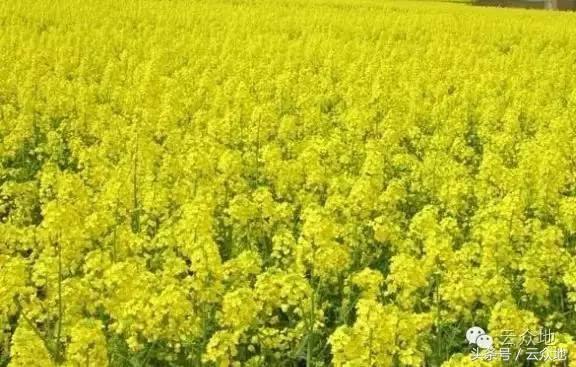
Fine soil preparation
After the middle and late rice harvest, the soil was broken and ditched, requiring the border to be 1.5 meters wide, 12-17 centimeters high, fine and smooth, and open a good field ditch and surrounding drainage ditch.
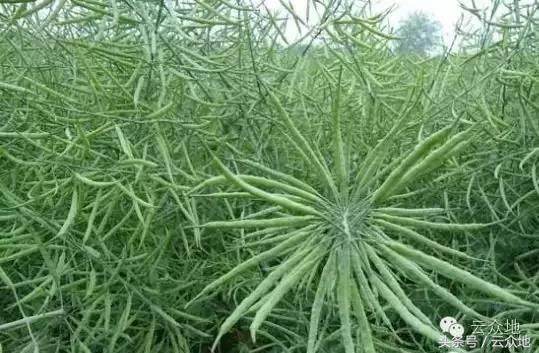
Sowing seeds at the right time to cultivate strong seedlings
The middle and late maturing varieties should be sown from late September to mid-October, while the early maturing varieties should be sown from mid-October to late October. If late rice is not harvested in time, it should be sowed and raised 30 days before harvest.
The nursery land should choose the sandy loam soil or vegetable garden where the land is fertile, sunny and convenient for drainage and irrigation. Fine soil preparation, full application of basic fertilizer, 1000 kg-1250 kg of rotten pig and cow manure and 30 kg-40 kg of phosphate fertilizer every 667m2. Sub-box quantitative, uniform sowing, sowing 0.5 kg-0.7 kg per 667 square meters, covering soil 1 cm after sowing. Seedlings in the 2-leaf period, go bad and stay strong, and set the seedlings in the 4-leaf stage (1:5 in the seedbed and Honda). After setting the seedlings, 2 kg-3 kg of urea or 250 kg-300 kg of human feces and urine were applied to the water every 667 square meters. Timely prevention and control of diseases and insect pests to protect strong seedlings.
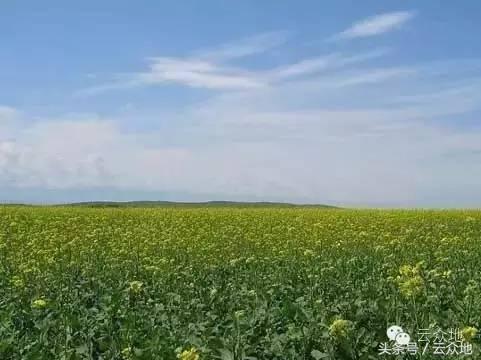
Timely transplanting and reasonable close planting
The seedlings were transplanted in time when the seedling age reached 30-35 days, with a row spacing of 40 cm and a plant spacing of 20-27 cm. Planting 8000-10 000 plants per 667m2 for middle and late maturing varieties and 12000-14000 plants per 667m2 for early maturing varieties. Precocious species can also be planted on demand, with a hole distance of 27 cm × 33 cm, 5-8 seeds per hole, and 1 seedling later. Seedlings should be checked and filled in time after seedling cultivation and transplanting.
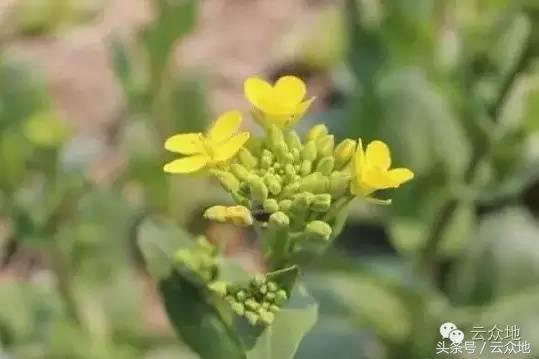
Scientific fertilization
1. Apply sufficient base fertilizer. Farm manure and phosphate fertilizer are required to be applied before sowing or transplanting after retting and ripening, with 1000 kg of high-quality farm manure and 20 kg-25 kg of phosphate fertilizer per mu.
2. Early application of seedling fertilizer. Three true leaves of direct seeding rape can be combined with inter-seedling to apply attacking fertilizer, urea 4-5 kg and potassium chloride 2-3 kg per mu. For seedlings and transplanting, 1000 kg / mu of dilute dung water or 8 kg-10 kg / mu of urea should be applied during the return to green period.
3. Apply bolting fertilizer in time. When rape bolting, urea 5kg-7kg, potassium chloride 3kg-4kg per mu, or nitrogen, phosphorus and potassium compound fertilizer 7kg-8kg per mu.
4. Extra-root topdressing. 0.2% borax solution or potassium dihydrogen phosphate was sprayed on the leaves at the seedling stage and the flowering and podding stage, respectively, to improve the seed setting rate.
5. Boron fertilizer must be applied. According to the characteristics of high quality rapeseed, especially hybrid high quality rape, it is sensitive to boron and requires a large amount of boron. Pruifeng rape seed dressing boron fertilizer is based on boron compound of ETI Company of Turkey as raw material, granulation with advanced science and technology, and can supply rape to absorb boron evenly and steadily, which is really safe and long-term. Effectively solving the phenomenon of "flowering but not fruiting" and "vertical cracking of stem" in rape can increase pod, seed setting rate and 1000-grain weight, and improve yield and quality. it is the first choice for boron fertilizer application in rape seed dressing or other crops.
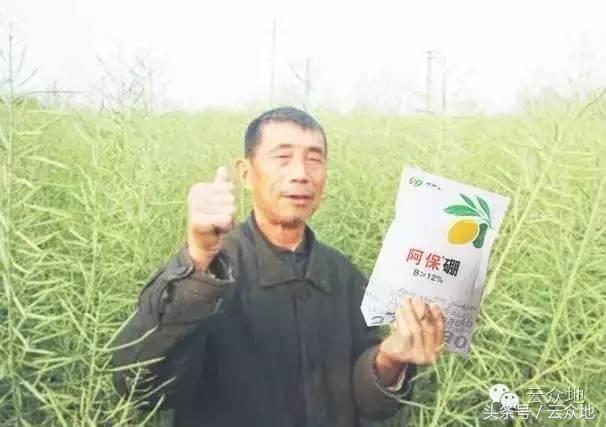
Intermediate ploughing and weeding
The seedlings of direct seeding were used for intermediate ploughing and weeding, and the seedlings were raised and transplanted, and the weeding was carried out 20-30 days after transplanting combined with fertilization.
At present, the herbicides used in rape production are Chloromuron, Zucaodan, Mianshudan, Najiaojing, grass cover and so on. Among them, chlorotoluron and Chocaodan have killing effects on both monocotyledons and dicotyledons, which can kill not only Monocotyledon weeds but also dicotyledonous plants. Therefore, these agents should be used before transplanting. It has a strong killing effect on Monocotyledon weeds and is very safe for dicotyledonous rape. These chemicals can be used before or after transplanting of rape, and are not affected by the season. Use method, choose one of the above chemicals, use 40 Mu of 50 grams of chemicals in the field, 50 kilograms of water, spray with a small machine. When spraying, we should pay attention to the uniform spray in the whole field, in order to improve the weeding effect.
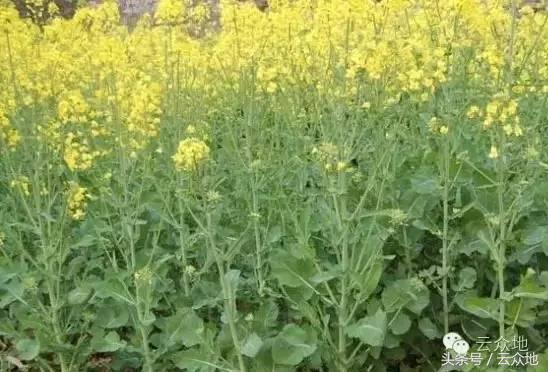
Scientific drainage and irrigation
Rape growth is afraid of both drought and waterlogging. in water management, drought can be irrigated and waterlogging can be drained, and the border ditch and four-week ditch should be kept unobstructed so as to facilitate drainage and irrigation. Water demand is large during bolting and flowering period, so water supply should be ensured. Attention should be paid to prevent waterlogging in the field at seedling stage and flowering and podding stage.
Control of diseases and insect pests
The main pests of rapeseed are ground tiger, aphid, leafhopper, Plutella xylostella and so on. There are different insect pests in different areas, which should be combined with local conditions for control. Dichlorvos, dimethoate and pyrethroid pesticides can be used to control.
The main diseases are Sclerotinia sclerotiorum, downy mildew and so on, especially Sclerotinia sclerotiorum, which is very common in rape seedling and mature stage, and has a serious impact on oil yield and rape quality. In the face of diseases, agricultural control is mainly given priority to, supplemented by drug control. Thiophanate, carbendazim, manganese zinc and other pesticides can be used for prevention and control.
Timely harvest
About 30 days at the end of the full bloom of rape, about 2% of the pods are yellow, and most of the seeds in the pods can be harvested when they change from green to yellow or red. After artificial harvest, it should be stacked and dried in order to ripen the grain, and after ripening, it should be dried, threshed, cleaned, dried and processed in time.
Note: in late rice fields with late harvest, if rape no-tillage direct seeding is used, the seedlings will suffer from low temperature in winter, and the yield will be reduced due to freezing injury. Transplanting is recommended.
Yunzhongdi-China's most professional agricultural e-commerce group purchase network provides quality and inexpensive agricultural products and information, welcome to follow Wechat official account: yozodo
- Prev
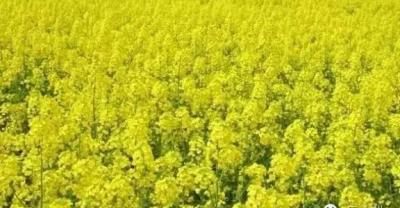
Planting method of Rosemary
Rosemary is a versatile herb that can be used as an ingredient, processed into perfume, soap, and deworming potions. Since the function.
- Next
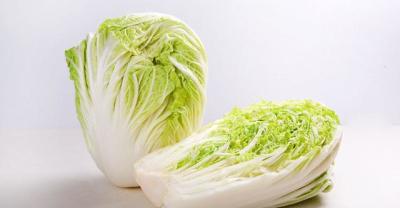
The planting method of baby vegetables
Growing vegetables on the balcony is about a healthy life. If you spend the whole day in front of a computer or TV, you might as well make a variety of dishes. Baby dishes are very delicious.
Related
- Fuxing push coffee new agricultural production and marketing class: lack of small-scale processing plants
- Jujube rice field leisure farm deep ploughing Yilan for five years to create a space for organic food and play
- Nongyu Farm-A trial of organic papaya for brave women with advanced technology
- Four points for attention in the prevention and control of diseases and insect pests of edible fungi
- How to add nutrient solution to Edible Fungi
- Is there any good way to control edible fungus mites?
- Open Inoculation Technology of Edible Fungi
- Is there any clever way to use fertilizer for edible fungus in winter?
- What agents are used to kill the pathogens of edible fungi in the mushroom shed?
- Rapid drying of Edible Fungi

